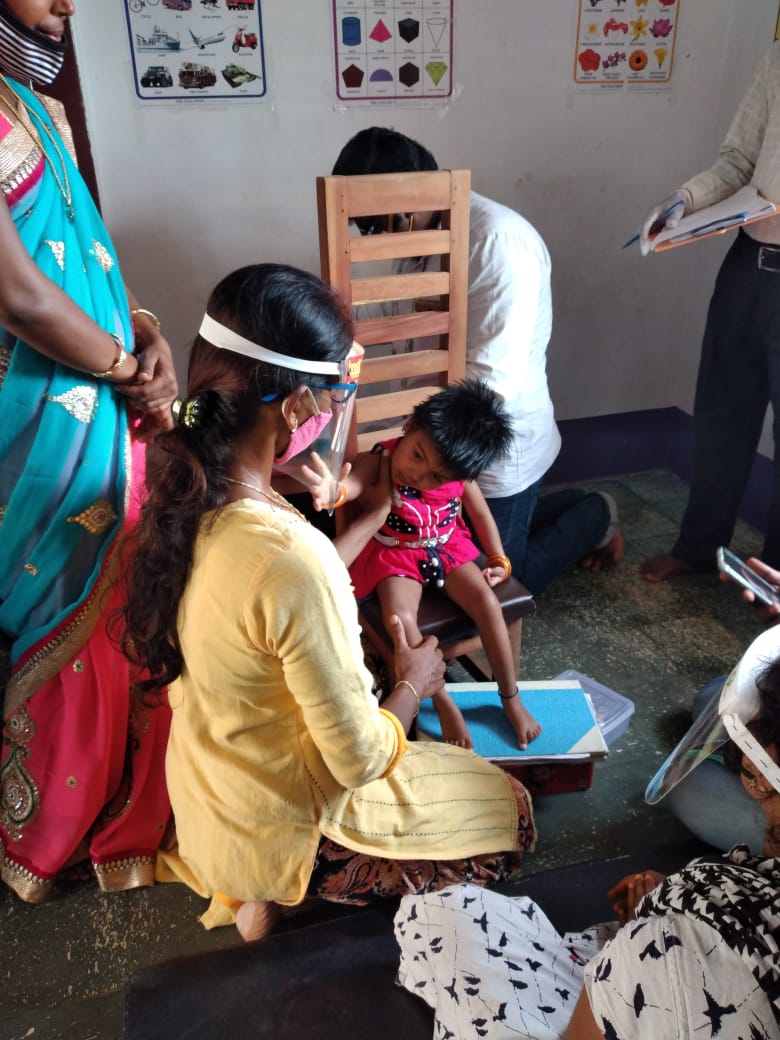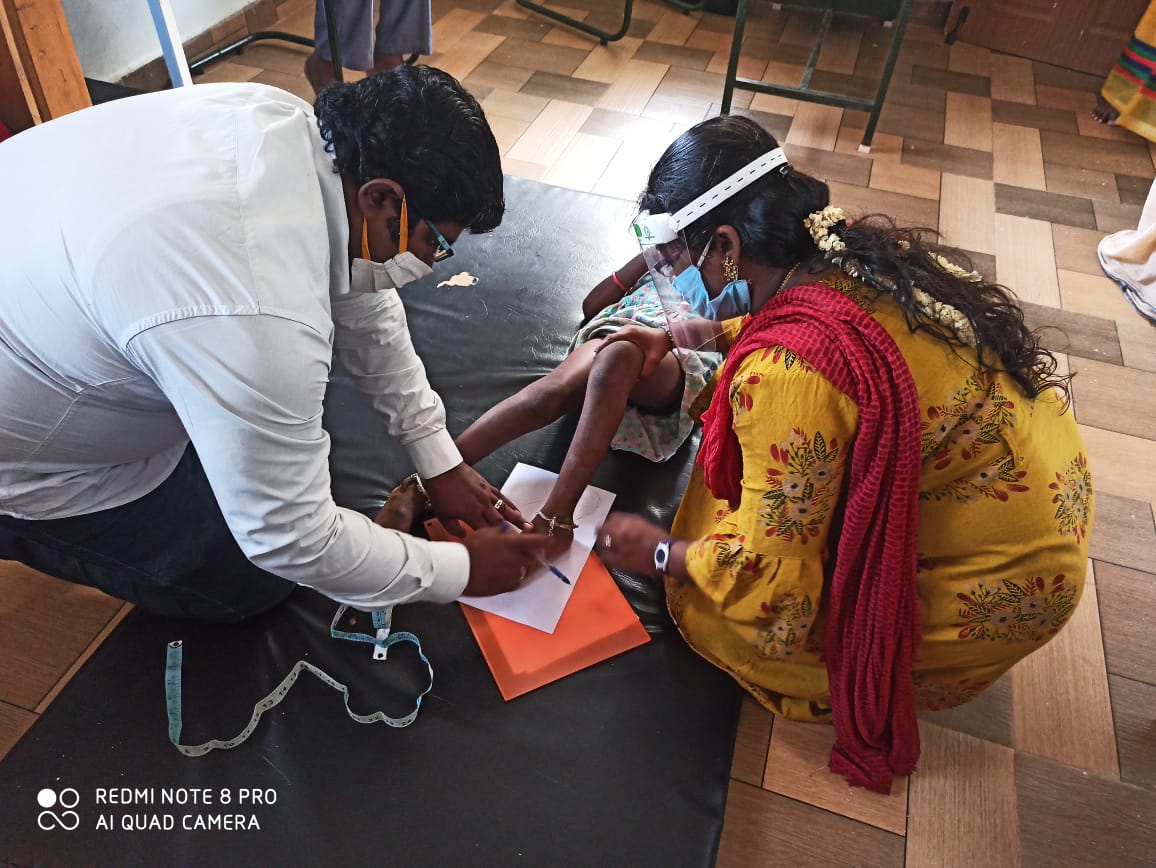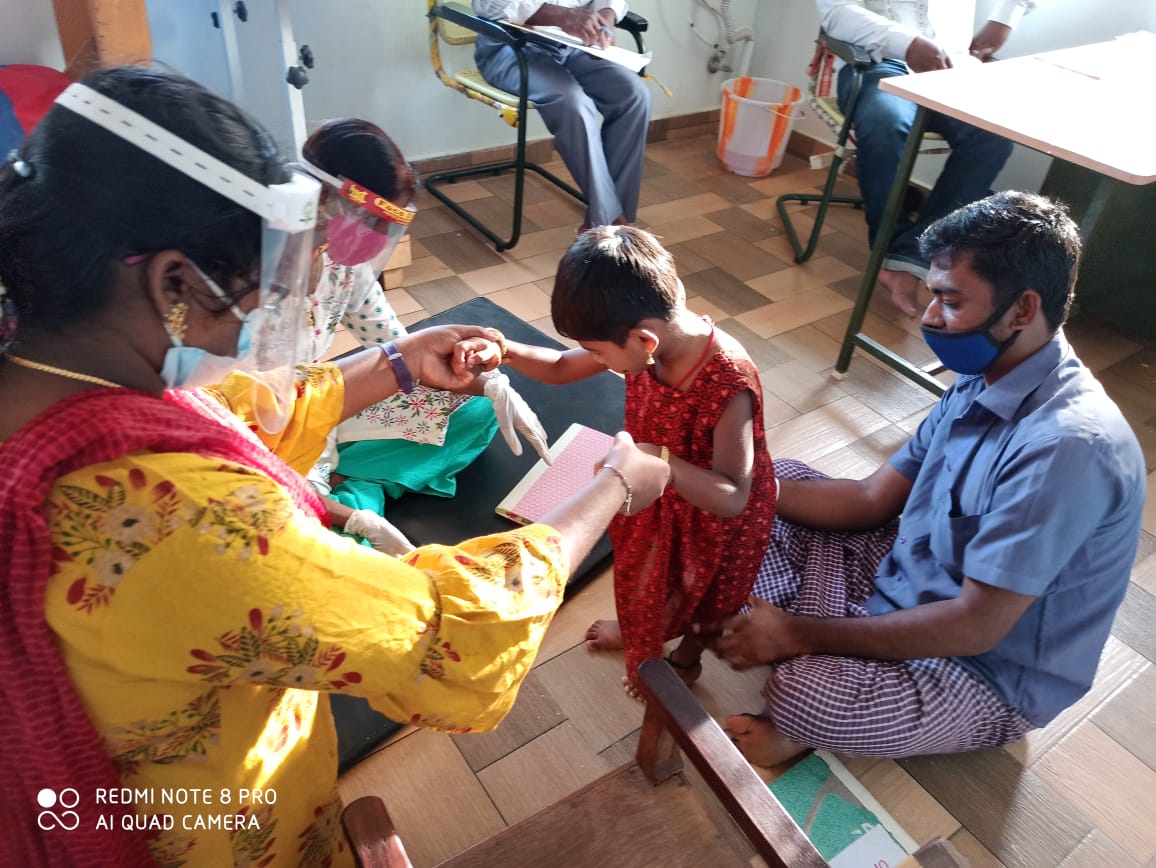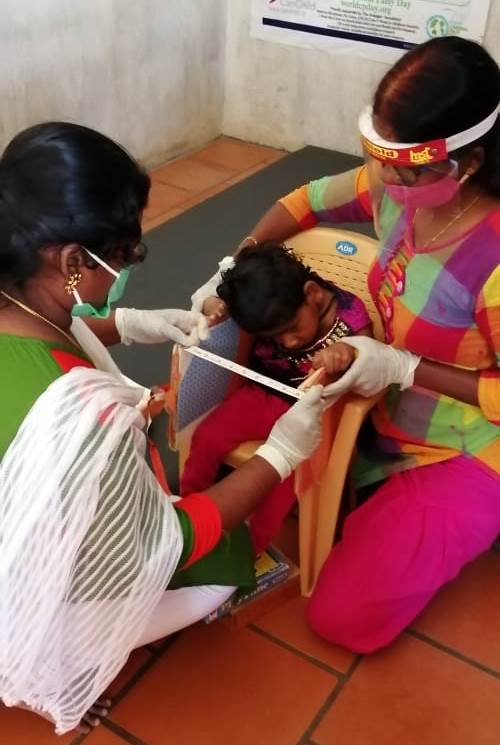
Assistive Technology/Equipment Program 2020-2021
Funded by MDRT FOUNDATION; Boniface family and Individual donors
|| Devices donated by Handi-Care || Success stories || Assessement of device ||
Handi-Care Intl. initiated an Early Intervention program for children with disabilities in rural India in 2016. This program has offered rehab services to 2000 children with varying disabilities and has successfully discharged 500 children to be integrated with their schools and communities. As an integral part of this service, Assistive devices are provided to these children to bring in mobility and functionality. This program helps children, youth and young adults with disabilities in rural India obtain the equipment they need. Many of the children, youth and young adults that we support through Amar Seva Sangam and other partner organization's rehabilitation and education programs are in need of equipment and assistive devices which they cannot afford. This includes hearing aids, walkers, wheelchairs, supportive chairs, orthotics, magnifiers, standing boards and other assistive technology.
Assistive Technology - Research Work by Canadians - PPT file
Devices donated by Handi-Care in 2020 (value in CDN $ 62,000)
If you would like to donate for Assistive devices, please CLICK HERE and select "Other" or contact us at info@handicareintl.org.
Sample photos
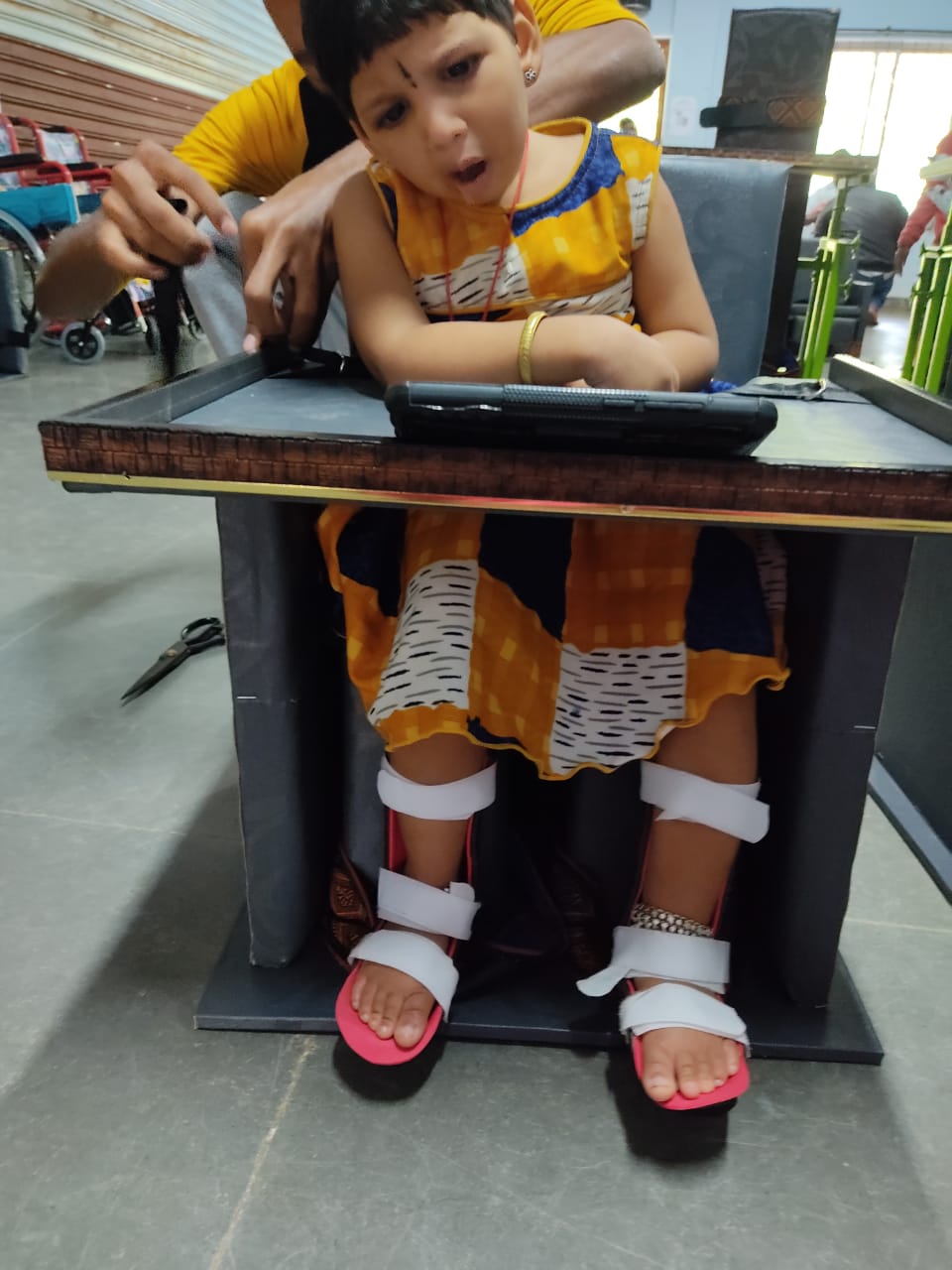 |
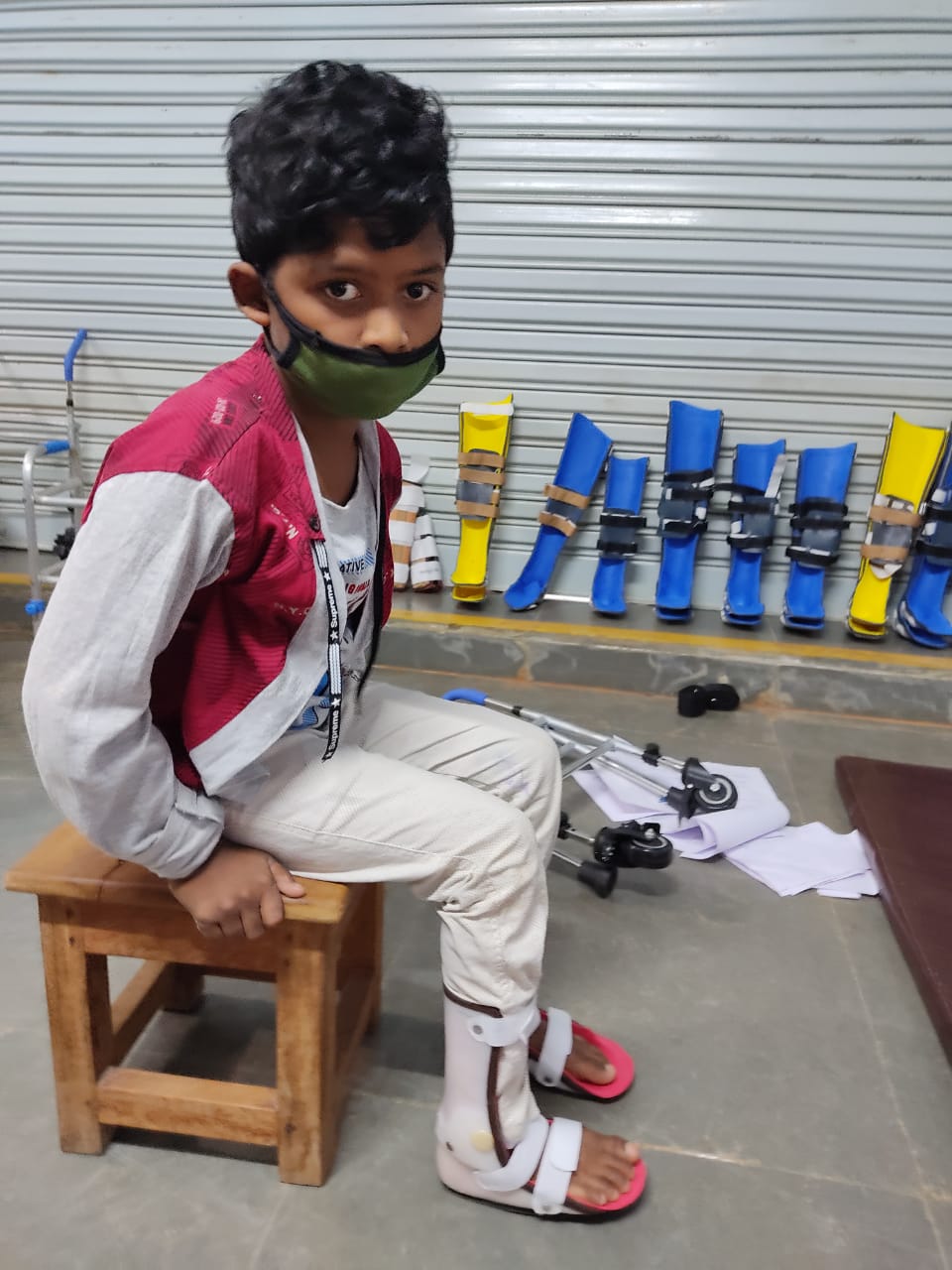 |
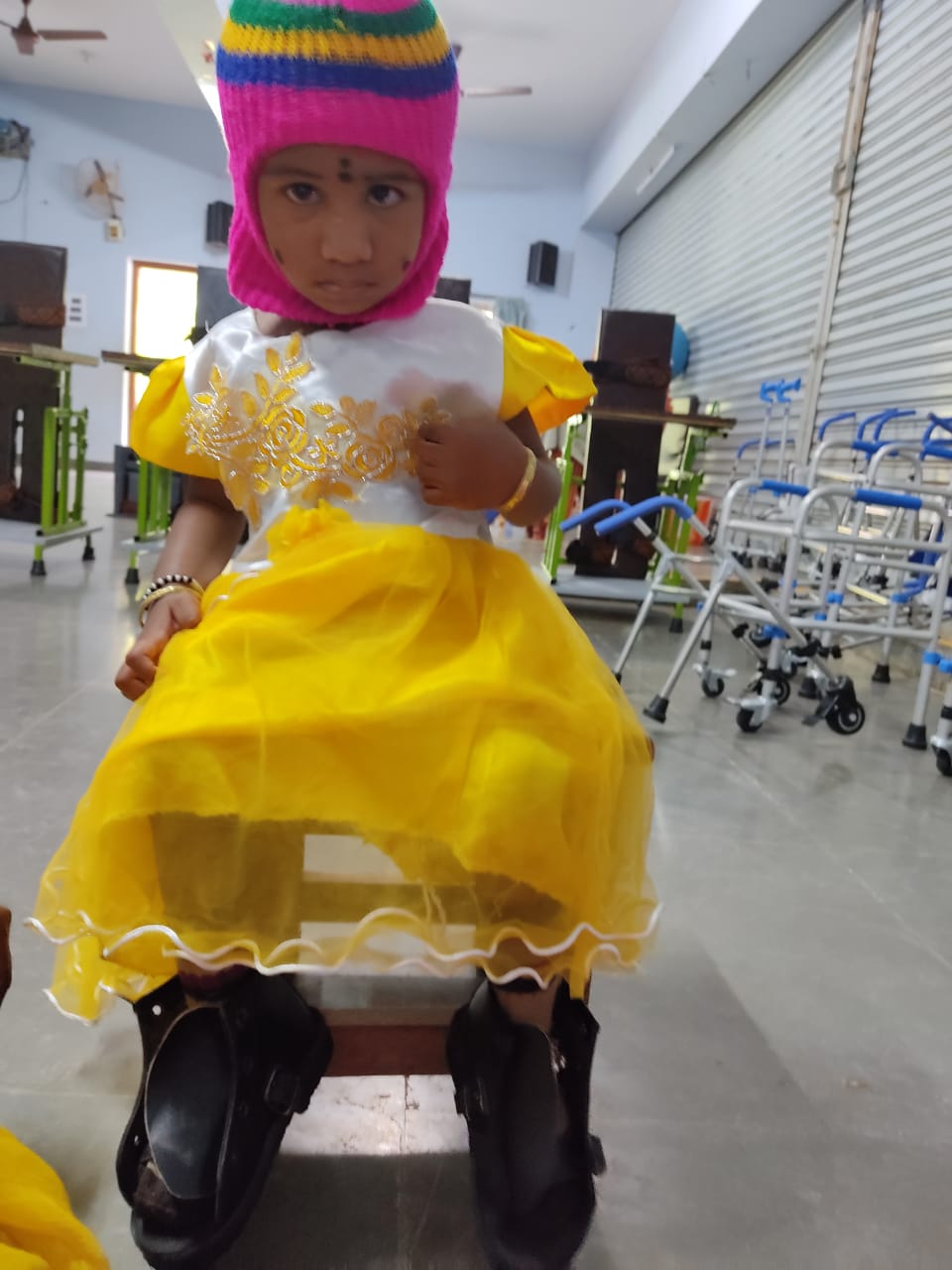 |
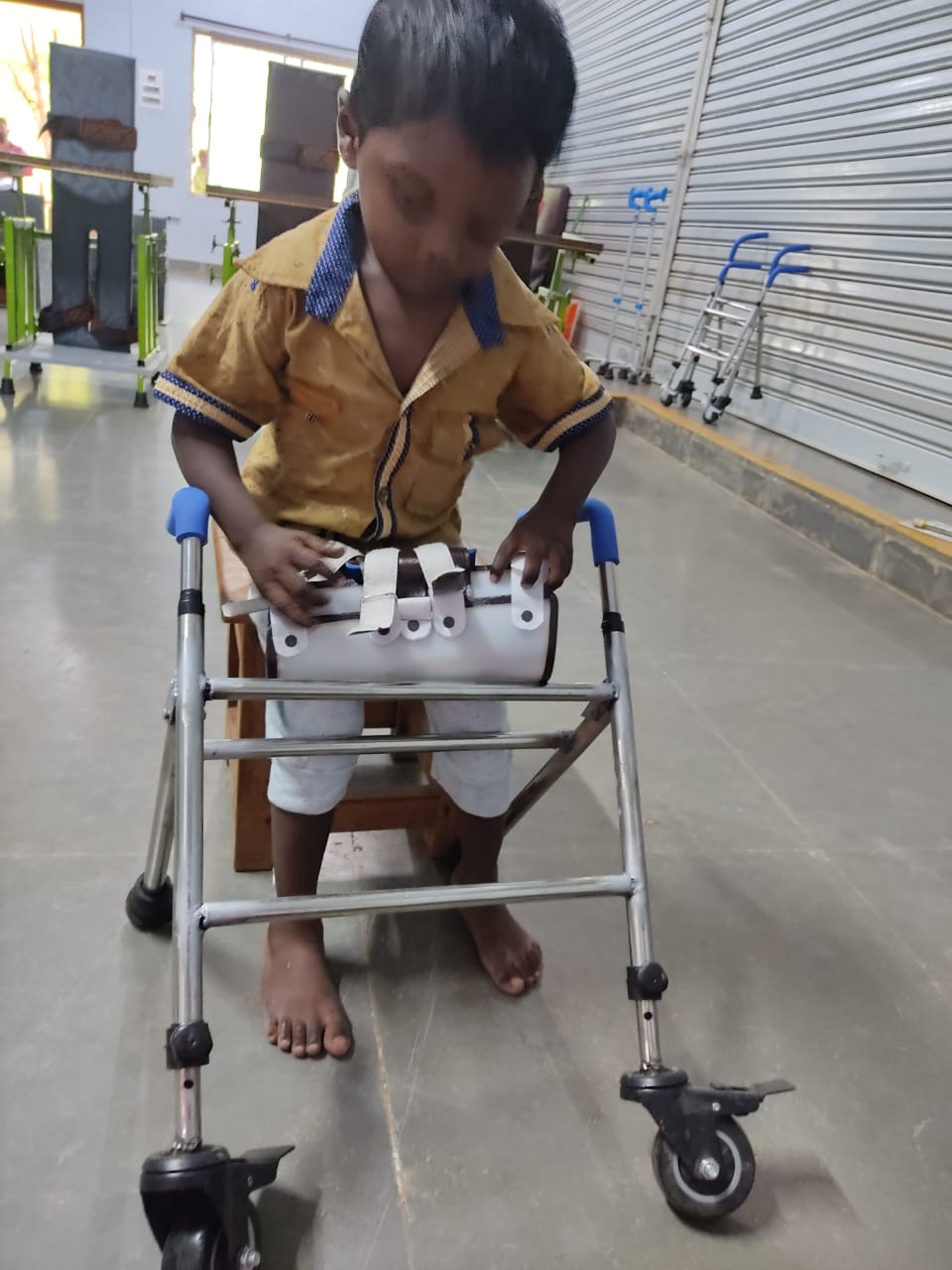 |
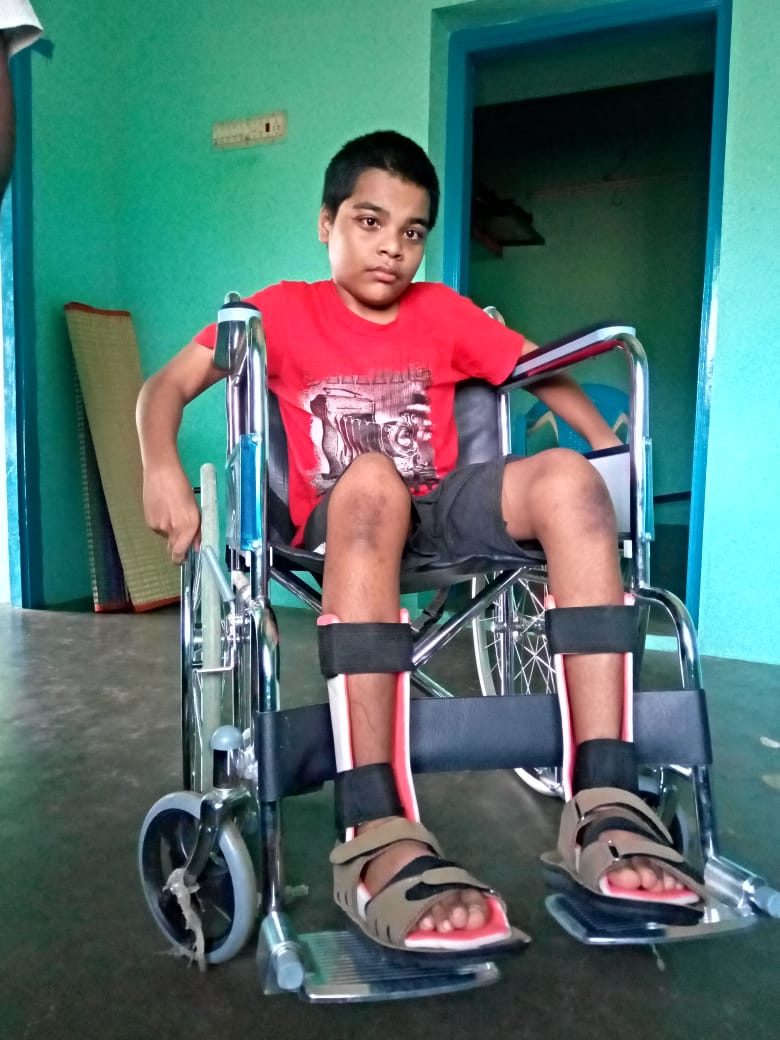 |
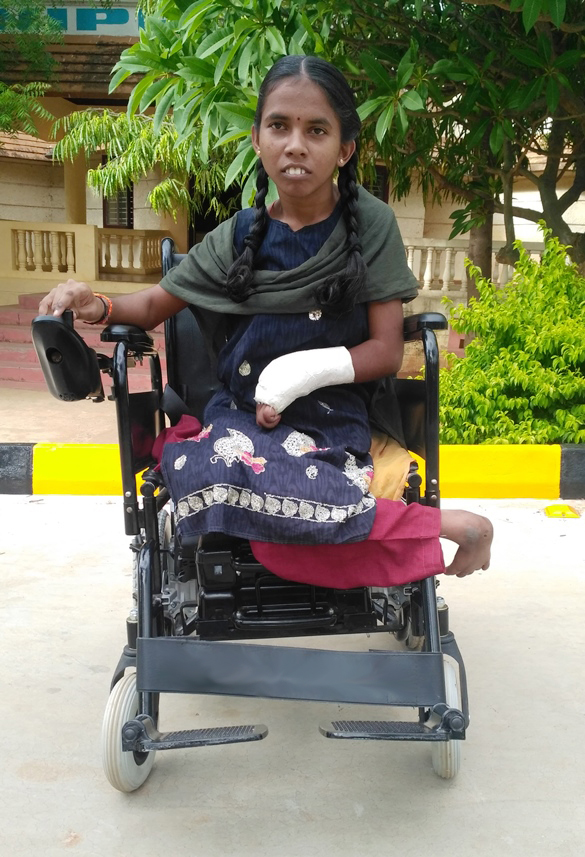 |
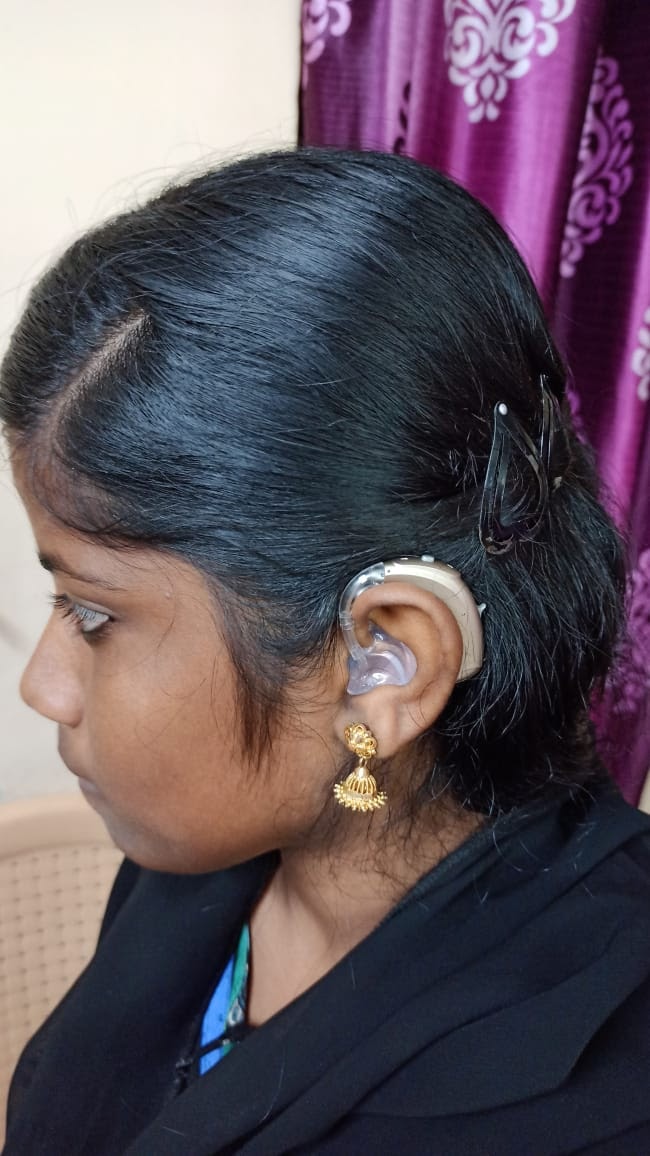 |
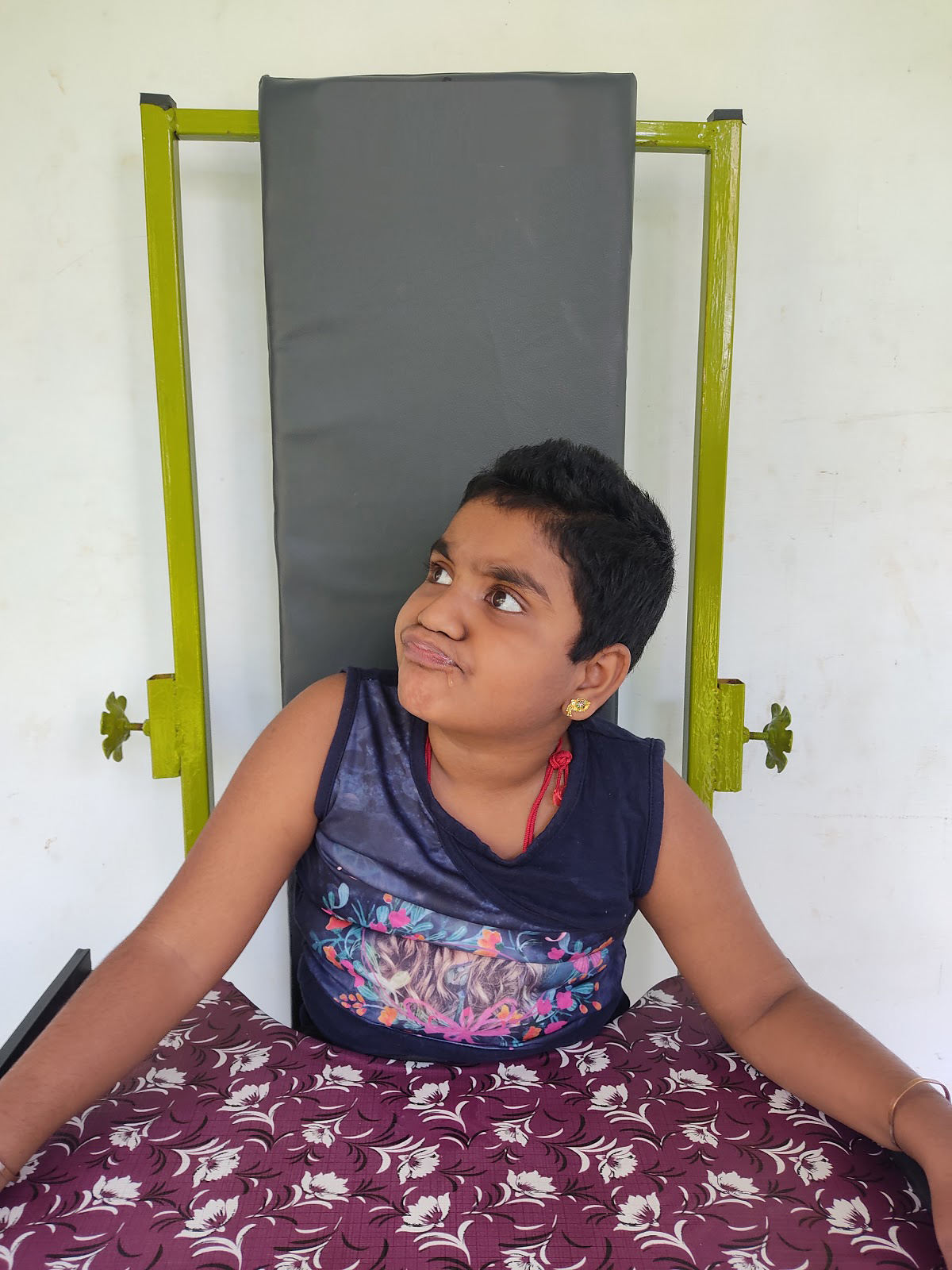 |
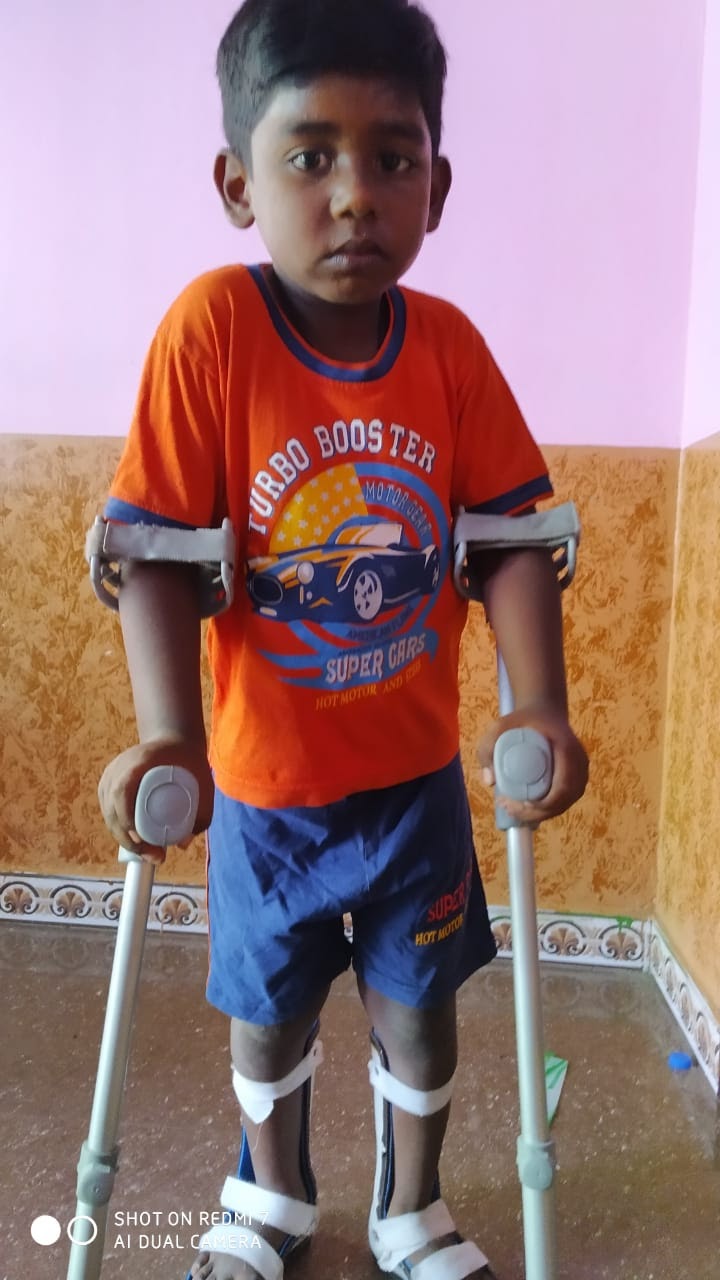 |
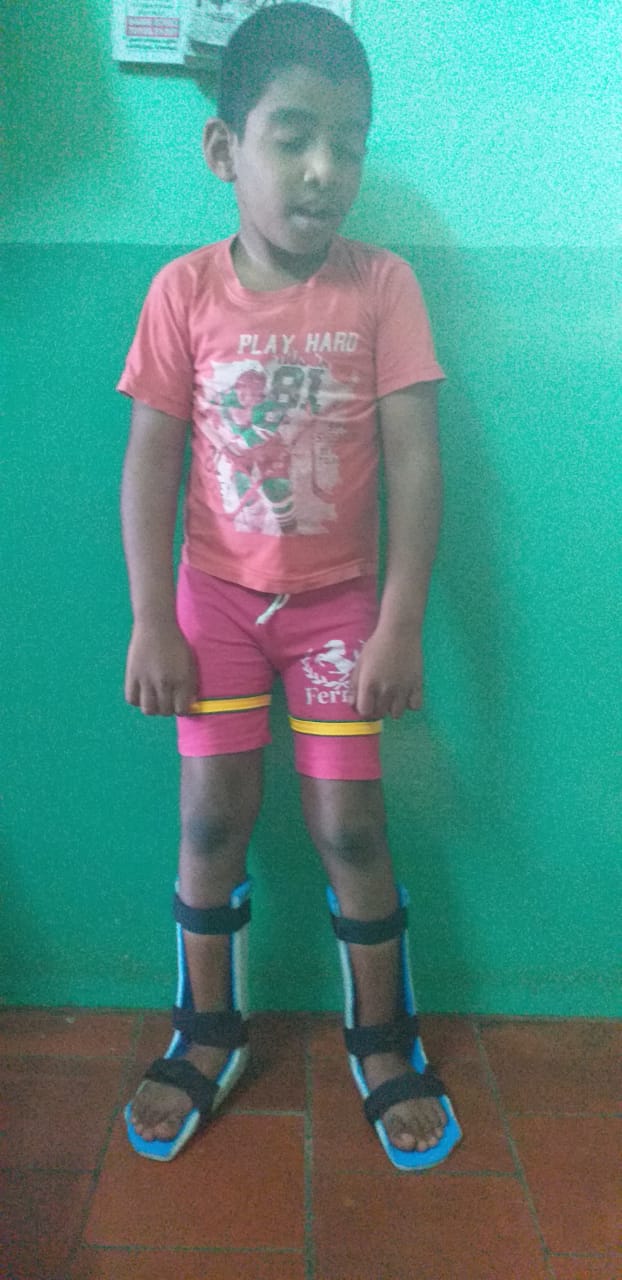 |
Success Stories
|
Ayisha Naseema 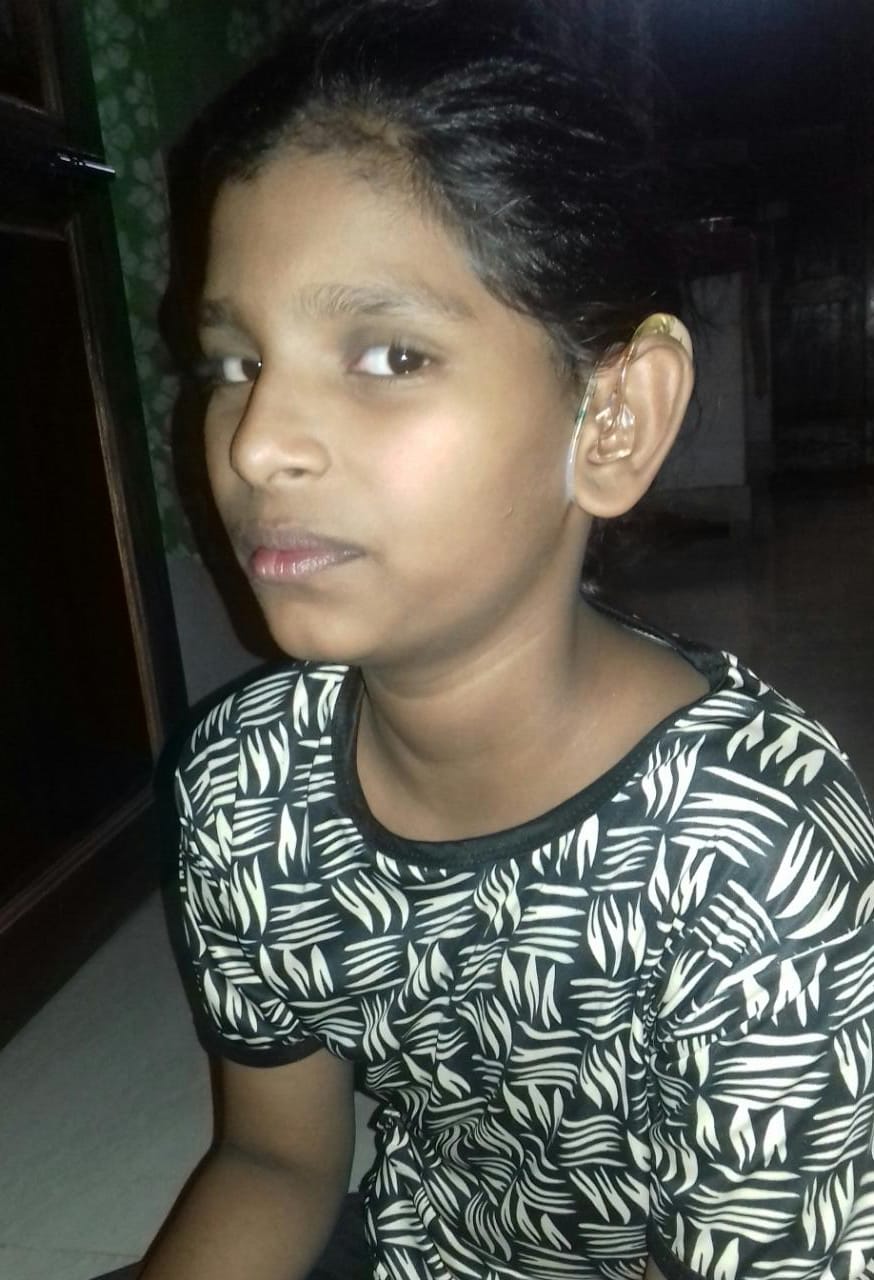
|
|
||||||
|
Esakkiraj 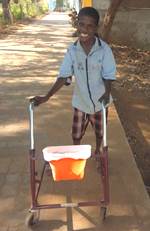
|
|
||||||
|
M.Pushpasri 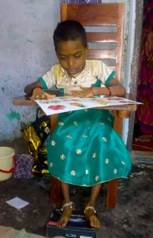
|
|
||||||
|
Rithika 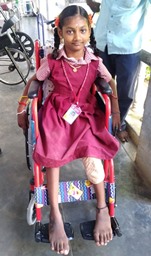
|
|
Assessment for Device

